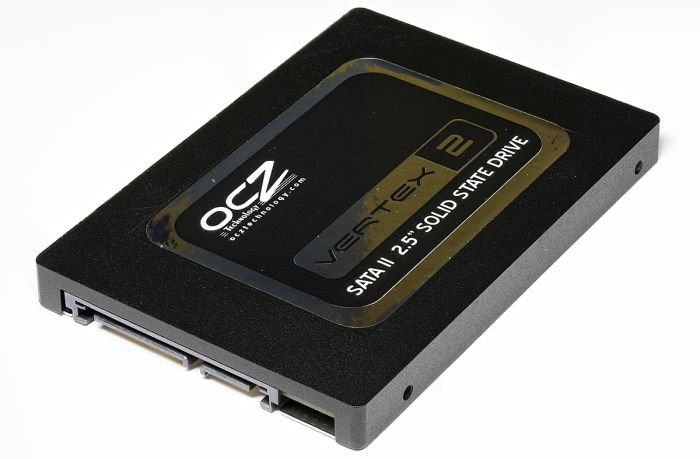How to tell if SSD is failing in Windows 11/10
These consoles are pushing SSDs as an integral part of the gaming experience, which means, PC gamers will want to get in on the action. Now, while we love the speed advantage SSDs bring to the table, they have a lower life expectancy when compared to HDDs. You see, an SSD is expected to keep running for between five and seven years, but things could go belly-up before that, therefore, one should be prepared for the worst. In this post, we will cover the following topics: Let us look at this from a more detailed perspective.
1] What causes an SSD to fail
It should be noted that SSDs do not fail in the same way as HDDs, that is because they are not mechanical, which means, no moving parts. However, we should point out that SSDs all tend to rely a lot on power supplies and capacitors, so these things are vulnerable to malfunctions. For example, if there is a power failure or power surge at home, the SSD could stop working properly. Furthermore, should an SSD fail, users might need to look out for file corruption, even if the device hasn’t failed 100 percent. Additionally, SSDs have limited read/write cycles, so there will come a time when they’ll just fail out of nowhere. Now, newer SSDs have longer read/write cycles which makes them perfect for newcomers. If you’re not able to afford a new SSD, we do not recommend getting a used one at all unless you know its complete history.
2] How to check if your SSD is healthy
Knowing if an SSD is going bad is not as easy when compared to a regular mechanical drive. You see, when a mechanical drive is nearing its end, the device makes a lot of noise. You won’t get this from an SSD because of no moving parts, as stated above. What are the options, then? Well, we would like to recommend CrystalDiskMark, a free tool that monitors your SSD silently in the background. For more, see this post on how to check SSD Lifespan on your Windows 11 computer.
3] Computer crashes on a regular basis
Experiencing frequent crashes? It may not always mean a problem with Windows 10, but rather the SSD. If you are unable to purchase a new drive right away, then backup your data and reinstall Windows. Read: Windows detected a Hard Disk problem.
4] Cannot read or write files
Another sign your SSD is preparing to give up the ghost is when it finds it difficult to read or write files. If the system detects a bad block while attempting to write a file, then the drive might refuse to write the data. The same goes if there is a bad block when reading a file. The system will simply refuse to read.
5] The drive becomes read-only
At some point, your SSD might refuse to allow you to initiative operations that write data to the disk. This is not a common occurrence, but it does happen. When this is taking place, the drive becomes read-only and that’s a good thing because you’ll be able to recover your data. After recovering your data, erase the SSD and destroy it before throwing it out into the bin. Read: How to tell if SSD is SATA or NVMe?
6] Possible need to repair the file system
If you do not shut down your computer in the proper manner, then chances are you might come across an error saying Your PC needs to be repaired. This could be a sure sign that your SSD is suffering from some bad blocks and could nearing its end. Then again, maybe it’s not connected properly, so open your desktop or laptop to see if everything is correctly aligned. Now, in most cases, the operating system will offer an option to repair the drive. When the error appears in Windows 10, the system will deliver a prompt asking the owner to run a scan in order to repair bad sectors among other things. Bear in mind that you might lose some data during the repair process. This doesn’t happen quite often, but you should still be aware.
7] Errors caused by bad blocks
There are times when your SSD will fail to work due to bad blocks. This is similar to bad sectors on hard disc drives. Bad blocks tend to happen when the computer tries to save or read files, but in the process, it takes a very long time to get done. In the end, the computer gives up by showing an error message. One of the ways to fix this problem is to use the Hard Disk Health tool to scan for any physical problems. If things have gone too bad, then simply backup your content and go out and find a replacement drive. Read: Things you must do when running an SSD in Windows 11.

